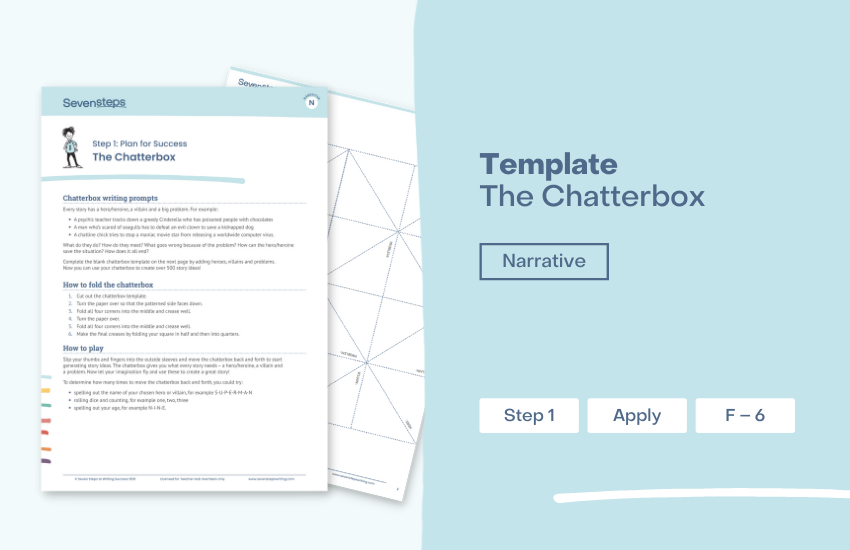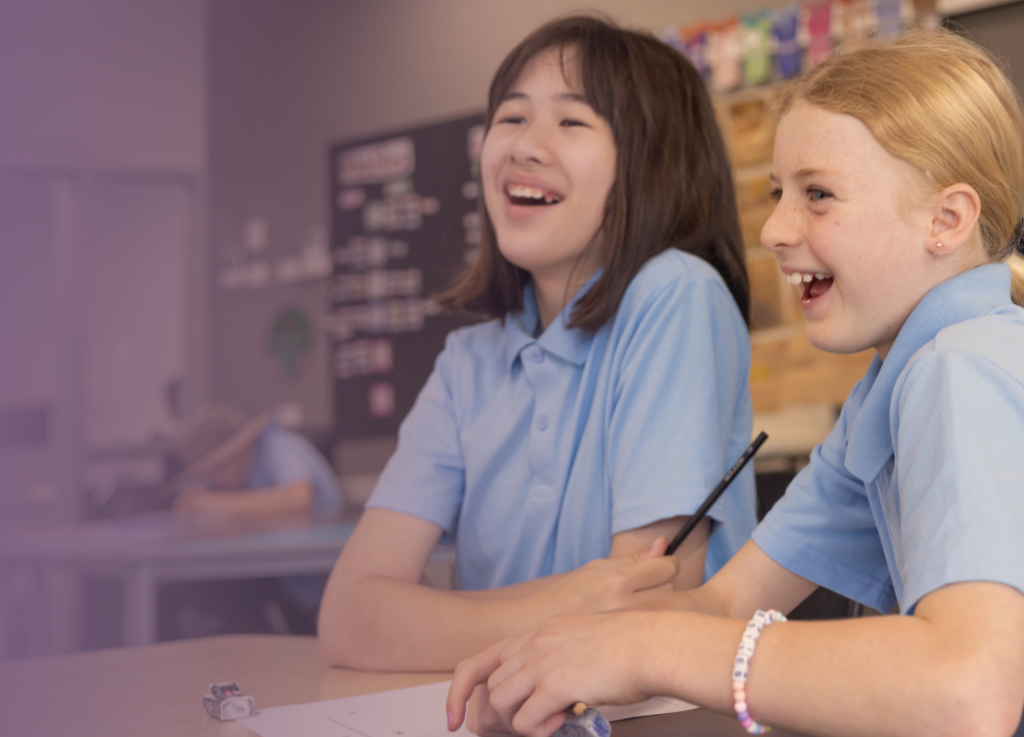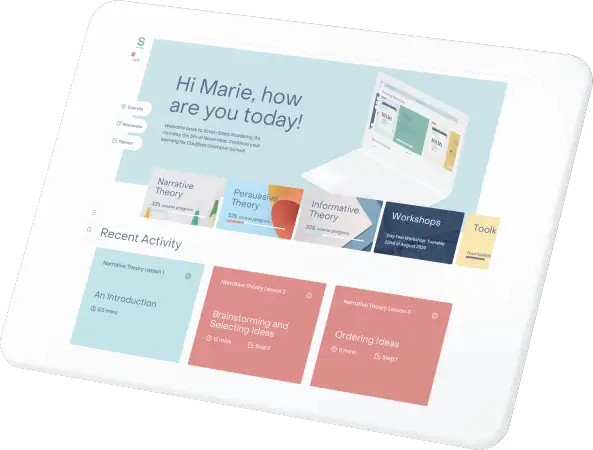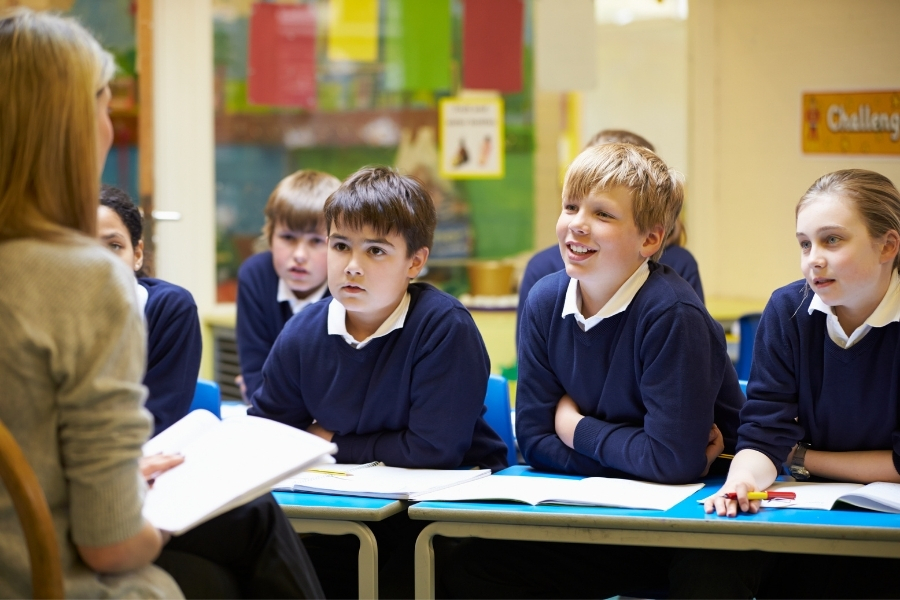Same old, same old. Does your students’ writing all seem the same?
It can be frustrating – not to mention boring! – to read 20 student stories that are pretty much identical. It can trigger real disappointment when you know there’s the potential for unique writing from each student.
Argh! Not again … I swear I’ve been reading the same story all night!
They all have something to say, but why are their written texts the same?
If your students have been struggling to develop ideas and write with creativity, there is light at the end of the tunnel.
There are solutions.
But first, we need to figure out why it’s happening.
There is no single reason for student writing that lacks creativity, vibrancy and voice. Here are some of the common ones:
- Students might not read or be read to at home.
- They watch the same movies, play the same games and read the same books.
- Your students may struggle to generate original ideas.
- They haven’t learnt to brainstorm past their first idea.
- Students are afraid of making mistakes.
- They lack confidence that their thoughts and ideas have merit.
Now, knowing this, here’s what you can do to improve your students’ writing.
Encourage students to be inquisitive
To develop students into creative and expressive writers, we need to encourage their natural curiosity.
You can do this by discussing what you read with open-ended questioning.
- ‘Why do you think the house fell down?’
- ‘What else could have happened?’
You’ll be surprised how quickly your students will transfer this curious mindset to their work.
Read x100,000
Just like looking through hundreds of design magazines, blogs or Pinterest boards before you redecorate, reading good writing (in all its forms) can inspire new ideas in students, increase their exposure to a variety of writing styles, and create a benchmark in their mind. Get creative!
- Encourage your students to read often – see how to build good reading habits.
- Regularly read to your students, and show them lots of examples from multiple sources.
Brainstorm collaboratively before every writing task, no matter how small
Brainstorming should be taught, encouraged and developed. Brainstorming in groups introduces students to new ideas and different ways of thinking, as well as bringing your class closer together.
Like building muscle, if we get the reps in, we’ll see the results: better ideas and more creative stories.
Hint: Share lots of examples from your students and celebrate their successes! Positive encouragement helps to build confidence, which increases their willingness to take risks in their writing.
Don’t correct everything
Writing (even informative writing) is a creative endeavour. Don’t correct everything; let students know that only a few pieces will be redrafted later.
Lift the burden of spelling and grammar anxiety by leaving this until the very last stage of developing a text. This will liberate your students to take risks – to write something completely new, unexpected or honest.
It can also be the master key for EAL/D students or those with learning difficulties, to help them with their creativity and communication abilities.
[When generating ideas] I made it abundantly clear that the students’ Seven Steps books were for authorial purposes only. I would not be checking for spelling and grammar. The burden that this lifted off some of my students with ESL and language difficulties was instant.’
– Rebecca Drozdoff, Year 3 Class Teacher (My first term with the Seven Steps)
Learn from the Seven Steps experts
Learn how to break down writing into Seven Steps and discover simple techniques for teaching writing! Then lead powerful writing lessons that can be taught in less than 20 minutes a day.
Your students will see quick wins and you’ll inspire confidence and energy in them! Learn more.

3 writing activities to get the creative juices flowing:
Chatterbox
STEP Step 1: Plan for Success
PURPOSE Apply
RESOURCE TYPE Template
YEAR F–6
- A random ideas generator that can create over 500 unique story ideas!
- Collaborative story planning game that students love.

Narrative Picture Writing Prompts
There are no wrong answers! Pick a prompt for your daily morning writing activity.
Mangled Movies
Pick some of your students’ favourite movies and get them to brainstorm different characters, settings, endings or plot twists.
The power of creative and unique writing is limitless, and developing these skills will have benefits far beyond the writing classroom.
We hope you find the tips highlighted in this blog helpful and the activities to be inspiring. Let us know how you go with implementing these ideas with your students.
Continue to celebrate their successes and keep the writing classroom fun and engaging!
Happy writing!

Step 2: Sizzling Starts is fun to teach, easy to learn and will have your students cheering for more!


